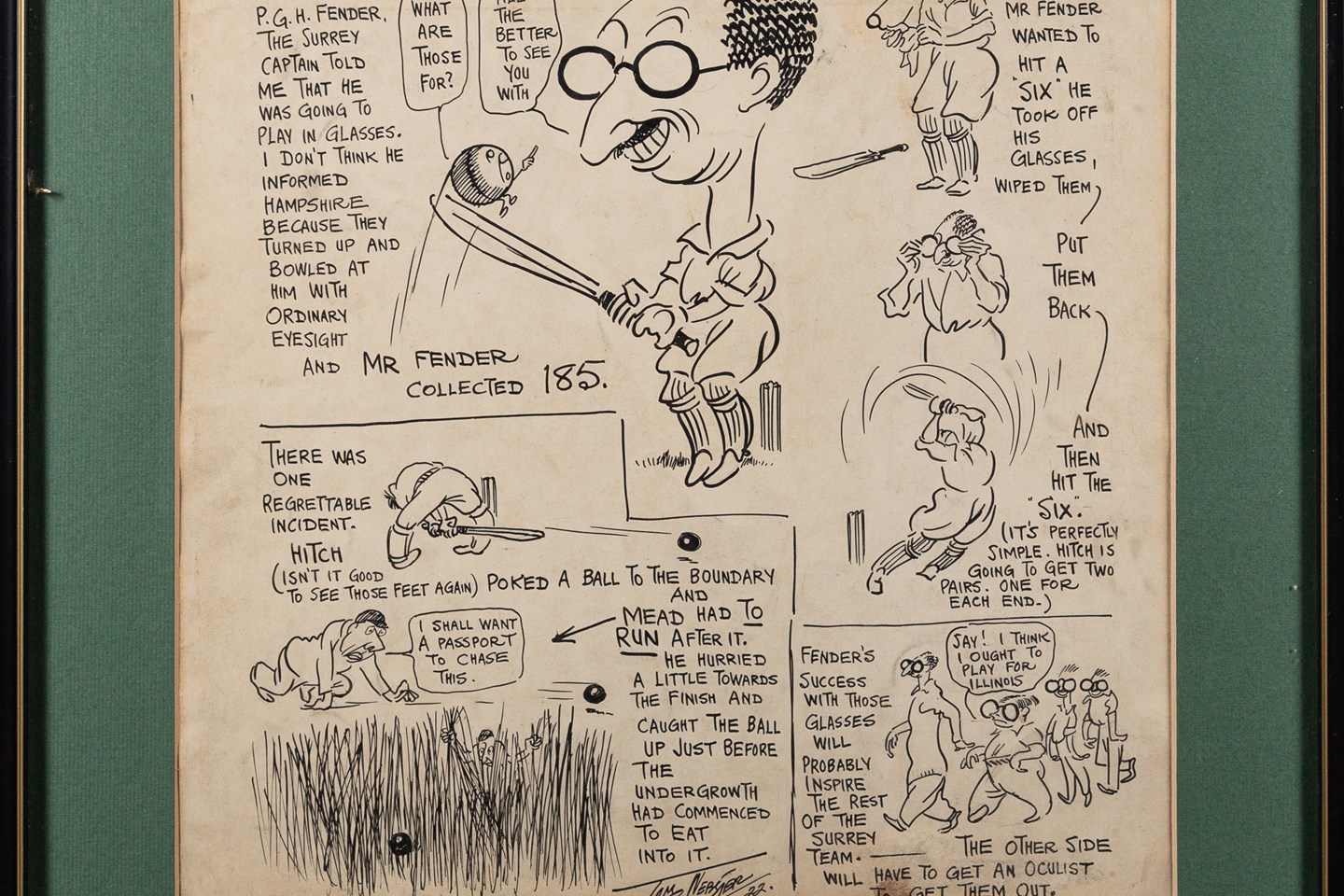
A Staunton pattern chess set (FS10/484) in the usual boxwood and ebony.
The game of chess is believed to have originated in North East India around 2500 BC and spread via the trade routes to China, Russia, the Middle East and finally reaching Europe in the 9th century. With numerous rule changes over the following centuries, the final game of chess or International Chess as we know it appeared in the mid-19th century, and the first modern chess tournament was organised by Howard Staunton and held in London in 1851, needless to say it was won by a German without the need for penalties.
The market for chess pieces has boomed over the past forty years or so and it is the various patterns from around the world which makes these sets so interesting.

An Indian chess set (FS16/606) with all pieces in the form of elephants one side with stained black bases.

A Staunton pattern chess set (FS11/531) in natural and stained red ivory.

A Vizagapatum chess set (FS18/725).
With the games origins in India, Bearnes Hampton & Littlewood have sold several Indian chess sets. The first was a Vizagapatum set made from ivory where one side was stained brown the other side left in its natural ivory colour. The second set was more interesting in the fact that the pawns of the opposing sides were British Infantrymen and Sepoys reflecting the period of the Indian Mutiny. Another set consisted purely of various sized elephants as playing pieces with the only difference between the two sides was the staining of the bases to one side.
Many of the Chinese chess sets were destined for the European market and were produced in Canton. Carved from ivory, they were normally stained red to one side and left natural ivory colour to the other. The most important pattern was the Mandarin pattern with the pieces dressed in court robes. Sometimes the figures were mounted on puzzleball stands.

An Indian Sepoy versus British ivory chess set (FS14/789).

A Cantonese ivory Mandarin pattern chess set (FS15/661).

A Cantonese ivory Mandarin pattern chess set on puzzle ball stands (FS16/560).
Two of the most popular patterns in Europe are the Barleycorn pattern and best known of all the Staunton pattern. The Staunton pattern set is used for tournament competitions and comes in various sizes. Usually made from boxwood and ebony, but occasionally in ivory, they have weighted bases. The best quality sets are normally by Jaques. The early sets came in pressed paper or carton-pierre boxes whilst later sets came in mahogany boxes with paper labels.
The Barleycorn set is an austere looking set, usually with ring-turned decoration and was popular in both the United Kingdom and Northern Europe. Better quality sets from all around the world are normally included in our Fine Art Sales held every quarter.

A barleycorn pattern ivory chess set (FS15/661).
- Bearnes Hampton & Littlewood
- Chess Sets
Chess Sets was written on Monday, 16th February 2015.












